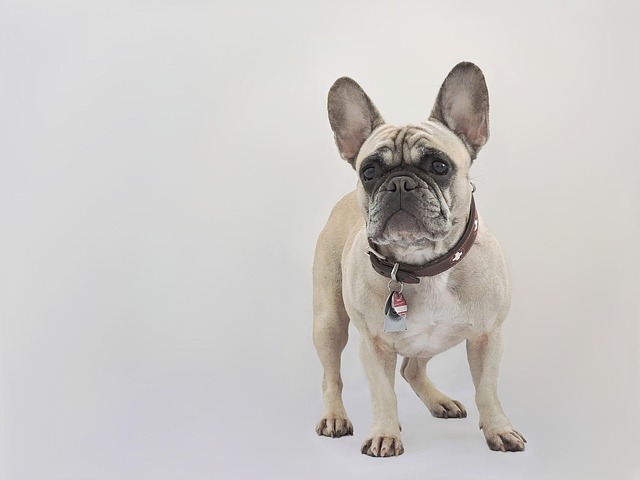
How to treat canine influenza?
Canine influenza can creep up fast—one day your pup is playful at the dog park, the next they’re coughing, sneezing, and lethargic.
I was helping my neighbor Sarah last weekend when she noticed her 2-year-old Golden Retriever, Luna, squinting nonstop and rubbing her eyes on the couch. Her left eye was red and watery, and Sarah panicked: “Is this an infection? What do I do?” If you’re a new U.S. dog owner dealing with your pup’s itchy, irritated eyes, chances are it’s allergies—and while they’re uncomfortable, they’re manageable with the right steps. Treating dog eye allergies isn’t about guessing; it’s about calming inflammation, avoiding triggers, and knowing when to call the vet.
Dog eye allergies happen when their immune system overreacts to harmless substances (called allergens) like pollen, dust mites, mold, or even certain dog shampoos. Unlike infections, allergies don’t usually cause thick, yellow/green discharge—instead, you’ll see redness, watery eyes, frequent blinking, or your dog rubbing their face on furniture or grass. The immune system releases histamine, which makes the blood vessels in the eyes swell and itch—think of it like your dog having seasonal allergies, but focused on their eyes. Luna’s issue? Pollen from the oak trees in their apartment complex—she’d been rolling in the grass during walks, and the pollen got stuck around her eyes.

Here’s how to treat dog eye allergies safely: First, clean the area gently—use a sterile saline solution (available at pet stores or pharmacies) and a soft cotton ball to wipe away any pollen, dust, or crust around the eyes. Hold your dog’s head steady (use treats to distract them!) and wipe from the inner corner outward—never touch the eyeball itself. Next, avoid the trigger—if it’s pollen season, skip walks during peak hours (10 a.m.–4 p.m.) and wipe Luna’s paws and face with a damp cloth after being outside. For apartment living, use a HEPA filter to reduce dust mites and vacuum carpets weekly—mold from damp bathrooms can also trigger allergies, so keep those areas dry. If home steps aren’t enough, your vet can prescribe antihistamine eye drops (like ketotifen) or oral antihistamines—never use human eye drops (like Visine), which can be toxic to dogs.
Culturally, remember never to scold your dog for rubbing their eyes—they’re not being “naughty”; they’re itchy, and punishment violates U.S. animal welfare standards. Instead, redirect them with a toy when they start rubbing. When walking, always carry extra poop bags (cities like Phoenix fine $200 for leaving messes) and stick to paved paths instead of pollen-heavy grass if your dog is sensitive. While at the vet for allergy meds, confirm their rabies vaccine is up to date (required nationwide)—vets can also rule out infections, which need different treatment (like antibiotics).
With gentle cleaning, trigger avoidance, and vet guidance, most dog eye allergies clear up quickly. Luna’s eyes were back to normal in three days—now Sarah keeps saline solution handy and skips morning walks when pollen counts are high. Your pup’s eyes will thank you for the extra care!

Canine influenza can creep up fast—one day your pup is playful at the dog park, the next they’re coughing, sneezing, and lethargic.

I spent a frantic afternoon last July with my friend Maya, whose 3-year-old Golden Retriever, Cooper, had collapsed during a walk in 95°F heat—his gums were bright red

Diabetic dog’s lifespan depends a lot on how quickly you catch the signs and stick to a care routine—things like increased thirst, frequent accidents, or sudden weight loss often tip owners off first.

I was at the park last July when I saw my friend Jake panicking—his 2-year-old Border Collie, Ruby, was lying in the shade, panting so hard her tongue was bright purple

I met my neighbor Tom last week outside the pet store, clutching a handful of food labels while his 9-week-old German Shepherd puppy, Loki, tugged at his leash.

You’re in the middle of cuddling your pup on the couch when you notice they won’t stop scratching a red, flaky spot on their belly.